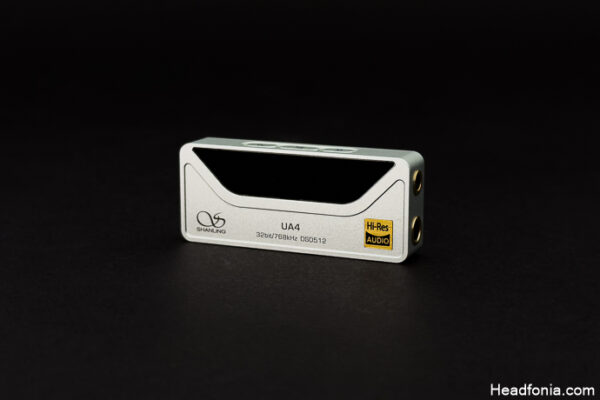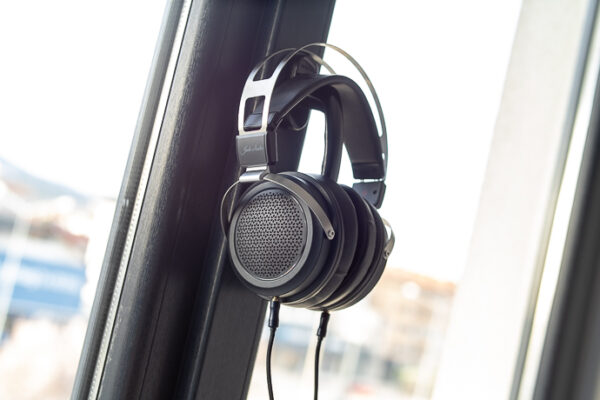Sound performance
My main sources were: FiiO M5, FiiO Q5S, and the Chord Mojo. I paired them to the T2 and T3 in random orders. Most files used were FLAC 16bit/44kHz streamed from Qobuz and Spotify or from the internal storage.
Overall signature
Tin HiFi T2
Let’s begin with the cheapest option – the Tin HiFi T2.
With a dual dynamic driver, I was very curious to see how the brand would tune this IEM.
To my surprise, this earphone didn’t sound as a dual dynamic one. To be honest, I expected my first listening to be filled with muddy-bass, underwhelmed highs and slow transients. That was not the case. Sure, there is too much bass and too many highs, but it’s the V-Shaped signature that makes the T2 cool. As if a car-maker tried to disguise a diesel as a petrol one, on a daily basis you get a great car, but don’t try to push it too hard.
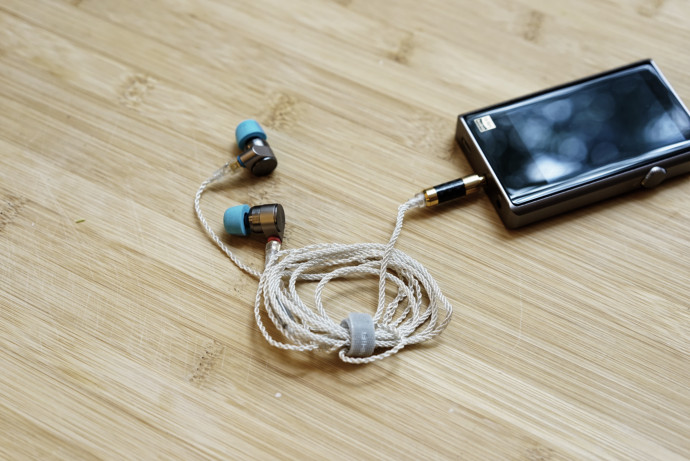
The 6 mm dynamic driver is pretty impressive, delivering high-pitched notes with ease. There is a clear emphasis around the upper mids, so be careful as sibilance are always around the corner. I listened to Nobody Seems To Care – 16bit Lolita and the hi-hats literally pierced my eardrum. I used the equalizer to make it more bearable, and fortunately, the Tin HiFi T2 responded well to that.
The T2 is very sensitive to the source, and that’s especially true if you’re sensitive to dynamic range. Plugged into my iPad, everything seemed veiled and dull. Not that this was really surprising, but it should not be the case to this extent, as most IEMs will just sound “meh” and not bad.
Once properly driven, the Tin HiFi T2 sounded much more like a proper Chi-Fi IEM. Good extension, tight bass, and clean voices. But too much treble again. It’s a shame as you can clearly hear micro-details, hiding behind those 6-8kHz boosts.
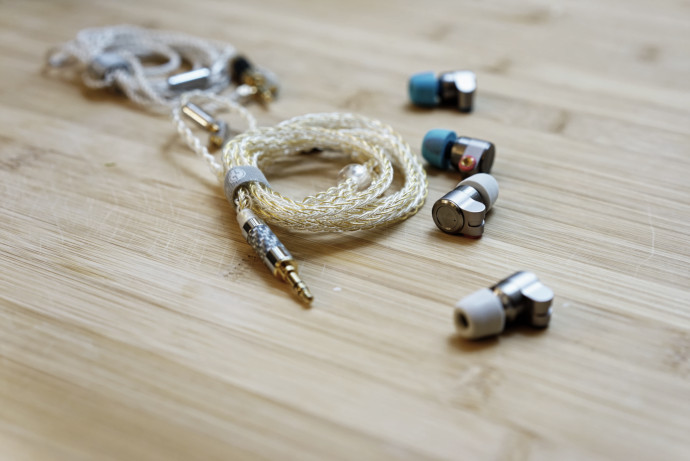
On tracks like Billie Jean – Chris Cornell, where voice take the lead, the T2 is a much better performer. Stereo separation is good and you can easily distinguish where each instrument comes from. Not bad, but not amazing either.
Tin HiFi T3
The Tin HiFi T3 shares the same overall sound signature: v-shaped. Even though, there is more to love on this one than the T2, in my opinion.
It’s still much too bright-sounding with too much emphasis on the upper-mid region, but the BA driver keeps things clean at all time. The stereo separation is a bit larger and complex tracks really benefit from this extra care.
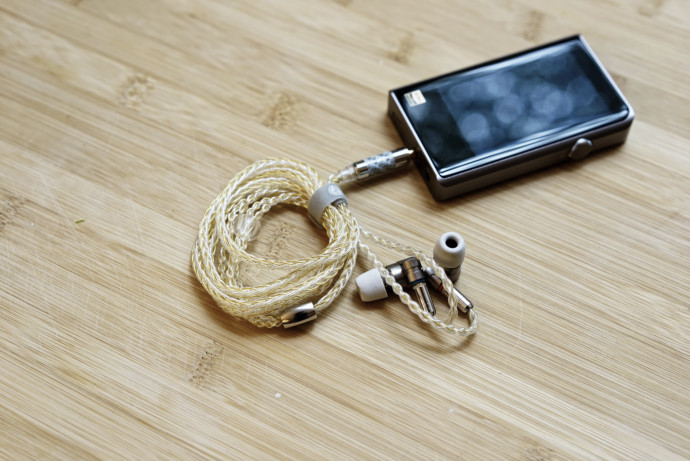
A good example is a track like The Heart is a Lonely Hunter – Nerina Pallot where the voice seems much more realistic than with the T2’s. At 1:10, the vocals suddenly reach the highest note, and this happens naturally, where the T2 seemed to force its way to your ear.
The bass doesn’t change much, it goes deep with minimal distortion. Listening to electronic tracks would be bliss, if not for that 8kHz that keeps itching, masking the other frequencies. Again, a quick push on the equalizer makes everything a lot keener to the ear, especially if you like electro tracks like myself. Nothing worse than waiting for the drop, while enduring a long, agonizing phase of hard-hitting looped hi-hats.
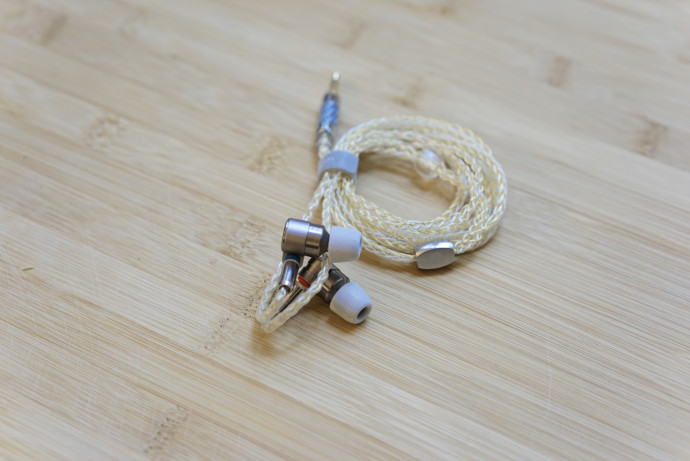
It’s a bit sad as apart from those annoying quirks, everything else is enjoyable. The dynamics are better, the soundstage cleaner – with a better depth effect – and there are a lot more micro-details than you’d expect from an IEM this cheap.
Tonality
Highs : (T2/T3) razor-like. Both Tin HiFi T2 and T3 share this common trait and you shall be warned: these IEMs are very prone to sibilance. So if you’re not a fan of bright signatures, you’ll have to get a good source with an efficient EQ, otherwise, this won’t be a pleasure cruise.
Good test-track: Platinum – Joris Delacroix
Mids: (T2) Laidback / (T3) Soft but accurate. The Tin HiFi T2 is too shy and all the good points are dug under the V-shape signature. Too bad as you can perceive some very nice traits, after some EQ. The TinHifi T3 feels more relaxed and the small price difference makes a big sound upgrade on the long run.
Good test-track: Teardrops – Peter & Kerry
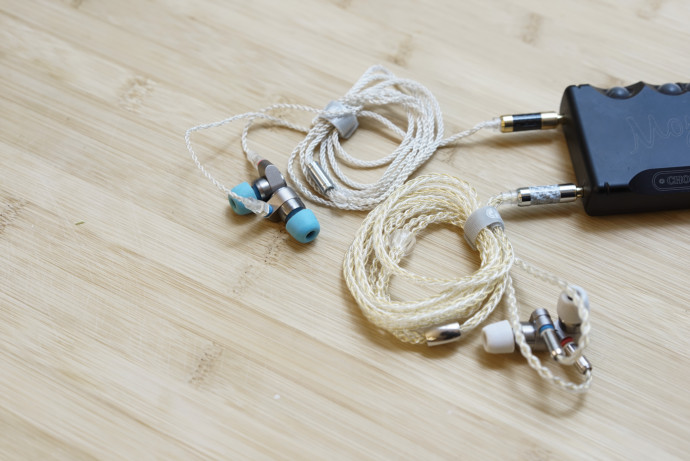
Bass: (T2/T3) just right. This is where the Tin HiFi T2 and T3 perform at their best. Lows reach deep-note with ease and quantity doesn’t prime over quality. You never get overwhelmed by the bass, even if there is a good emphasis on them. Always engaging, never tiring.
Good test-track: Time – Solee
Sensitivity and Hiss
Impedance is low, but so is the sensitivity. This makes the Tin HiFi T2 and T3 relatively hard to drive with a smartphone, but no issues for a DAP or a DAC/AMP. Also, there is no hiss whatsoever, which is always good!
Pairings
- FiiO M5: simplicity at its best. The M5 replaced the M6 for my review. It’s a good combination with the T2, strangely not so much with the T3. The latter seems to be dulled by the M5, with veiled mids and slow transients. So you better stick with a more powerful source or choose the T2 which worked like a charm.
- FiiO Q5S: spaciousness and accuracy. Another new addition to my test setup, the FiiO Q5S worked well with either the T2 or the T3. The AM3E module extracts a lot of details while flattening the overexcited highs. A good combo, even more when you switch into high-gain.
- Chord Mojo: refined and musical. Obviously, the Chord Mojo combined with the Tin HiFi T3 gives a lot of details and extends the soundstage to the upper level. It’s still too bright, but precision makes up for all those flaws. Still one of my favorite DAC/Amps.
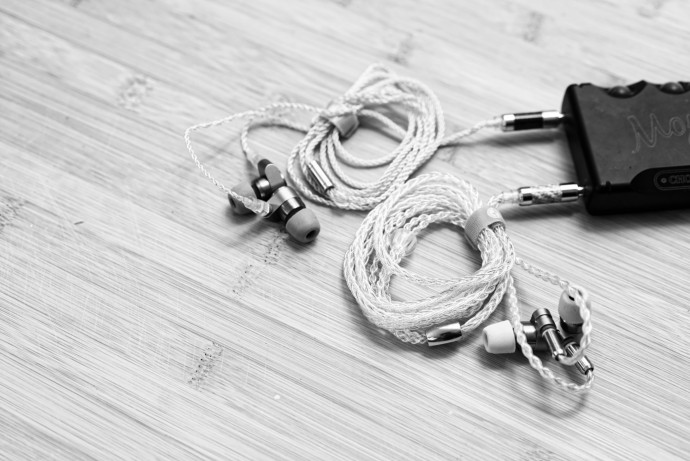
Comparisons
Want to compare them with other chi-fi monitors? Voila:
- KZ ZS5: the best choice in the low-budget-range in my opinion. It’s not as sturdily designed as the T2, but it sounds better to my ears. A tad more accurate, a lot more bass, but a linear signature. Yet, the Tin HiFi T2 and T3 look better and will stand the test of time, not so sure about the ZS5.
- FiiO F9 Pro: made of aluminum, and not steel, the FiiO F9 Pro remains FiiO top choice under 130$/€. It beats the Tin HiFi T2 by large, but the Tin HiFi T3 gave a good fight until the end. The vocals are quite the same, with a wider soundstage on the T3 and faster transients on the F9 Pro. The FiiO remains better, but the T3 remains impressive with a good source.
- Tin HiFi P1: the P1 beats the T2 and T3 hands down. Accuracy, speed, details, the Planar takes the lead in all categories. But that was to be expected.
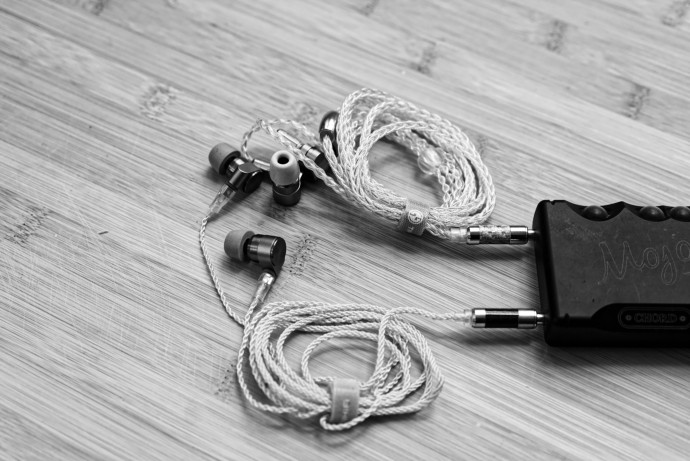
Conclusion
The Tin HiFi T2/T3 left me perplexed. There is a lot to love – impressive build quality, cool metal shells, fast-accurate drivers – but one major flaw: the very bright signature, outshining the rest of the spectrum.
This means you’ll have to create specific EQ settings for those IEMs unless you can cope with overused highs (I could not). Once that’s fixed, the Tin HiFi T2 and T3 become very pleasant, especially with a good source. Not my personal choice, but still a good blend of features in a neat package.





